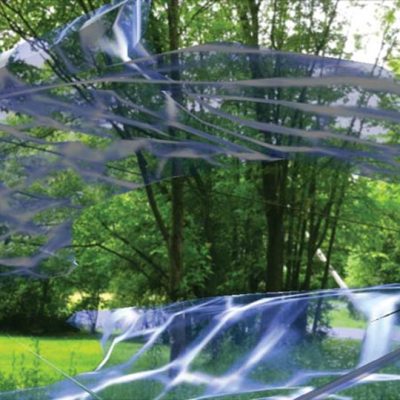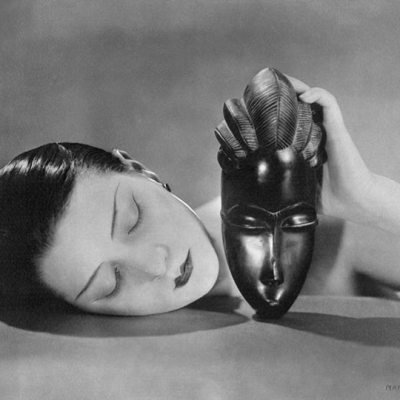In recent weeks the National Gallery of Ireland has been celebrating its 150th birthday. The institution’s origins are typical of many similar 19th-century ventures, reflecting ideals of societal improvement through education.
In 1853 the engineer William Dargan, who had made his fortune building railways around the country, personally underwrote an industrial exhibition in Dublin emulating that in London two years earlier for which the Crystal Palace had been built. Held on Leinster Lawn overlooking Merrion Square in central Dublin and seen by over one million visitors, including Queen Victoria and Prince Albert, the project was deemed such a success the decision was taken to create a permanent memorial to Dargan’s munificence by creating an art gallery on part of the show’s site.
Nothing ever happens in a hurry in Ireland so a decade passed before the National Gallery opened its doors at the end of January 1864 in premises with an exterior design matching that of the already-completed Natural History Museum on the other side of Leinster Lawn. The new institution offered early visitors a selection of 112 pictures, 39 of which had been bought in Rome eight years earlier, with another 30 on loan from London’s National Gallery and elsewhere.
Since then the NGI’s holdings have been primarily enriched by a succession of benefactors, beginning with the last Countess of Milltown who in 1897 offered the contents of her late husband’s family home, Russborough, County Wicklow. The Milltown Gift, for which a new wing had to be built, included some 223 pictures, 48 pieces of sculpture, 33 engravings, and 528 pieces of silver as well as 200 pieces of furniture and the contents of Russborough’s library.
When the gallery’s fourth director Sir Hugh Lane, who had already donated 24 paintings, died in 1915 he left the greater part of his estate to the NGI, which benefitted by the addition of work by Claude Lorrain, Poussin, Titian, Van Dyck, Chardin, Lancret, Hogarth, Reynolds, Gainsborough, Romney and the creation of a still-extant Lane Fund.
A similar donation arrived in 1950 on the death of George Bernard Shaw. In memory of the time he had spent in the gallery as a child, Shaw bequeathed one third of his royalties to the institution: the success of Lerner and Loewe’s 1956 musical My Fair Lady (based on the author’s play Pygmalion) and the film version eight years later, has made the Shaw Bequest, which expires in 2020, far more lucrative than was originally anticipated.
After the American-born mining magnate Alfred Chester Beatty moved to Ireland in 1950, he gave the NGI 93 Barbizon School works and this was followed by further donations of pictures, frescoes and miniatures. In 1987 the Máire MacNeill Sweeney bequest brought a further 14 works of art to the collection including paintings by Picasso and Jack B. Yeats, and the same year for the second time the gallery received a tranche of paintings which had hitherto hung in Russborough, County Wicklow.
Lady writing a letter with her maid (c. 1670–1), Johannes Vermeer. Given to National Gallery of Ireland, Dublin, by Sir Alfred Beit, Russborough House, County Wicklow, Ireland

This time the donors were Sir Alfred Beit and his wife Clementine, long-standing supporters of the NGI whose collection had been the subject of several high-profile burglaries. They donated 17 superlative pictures by masters such as Velázquez, Murillo, Steen and Vermeer. Most recently Sir Denis Mahon bequeathed a number of his 17th-century baroque paintings to the NGI as well as his entire library of rare and antiquarian volumes and personal archives.
Would that the Irish State had shown itself equally well-disposed towards this and other national cultural institutions over the same period. On the contrary, successive governments have shown themselves singularly unwilling to offer adequate support to the NGI. In 2011, the Exchequer contribution to the gallery was just over €9.2 million. In 2012, the last year for which an annual report is available, that figure had dropped to just under €8.14 million.
As if to underline state parsimony, last week the Minister with responsibility for arts wrote a piece lauding private funding of cultural activity. As birthday presents go, it couldn’t be called generous.
Lead image: used under Creative Commons licence (CC BY 2.0)





